We recently got a new pet, and he is far more interested in animals than our previous pet was. We don’t let him run around the yard without a leash with concern that he would devastate the wildlife we are trying to cultivate (or become a victim of wildlife himself). However his keen eyesight and interest has given me chances to see many more animals in my yard than I had seen previously. For example, a couple months ago, my pet was intently staring out the window. When I looked to see what he was gazing at I saw two beautiful large deer in the heavily wooded area between my yard and my neighbors yard.
More recently my pet was acting really excited in that same part of the yard. I heard a clicking noise and could not for the life of me figure out what sort of animal would make such a noise. I looked closely at the spot where the sound was coming from for quite some time and finally noticed a bat just hanging out and washing himself in the bottom of  a tree. I hadn’t seen bats that close since a trip to Central America, so that was really cool. And just a few days ago, my pet alerted me to the presence of a beautiful box turtle, which we promptly moved to a safer part of the yard.
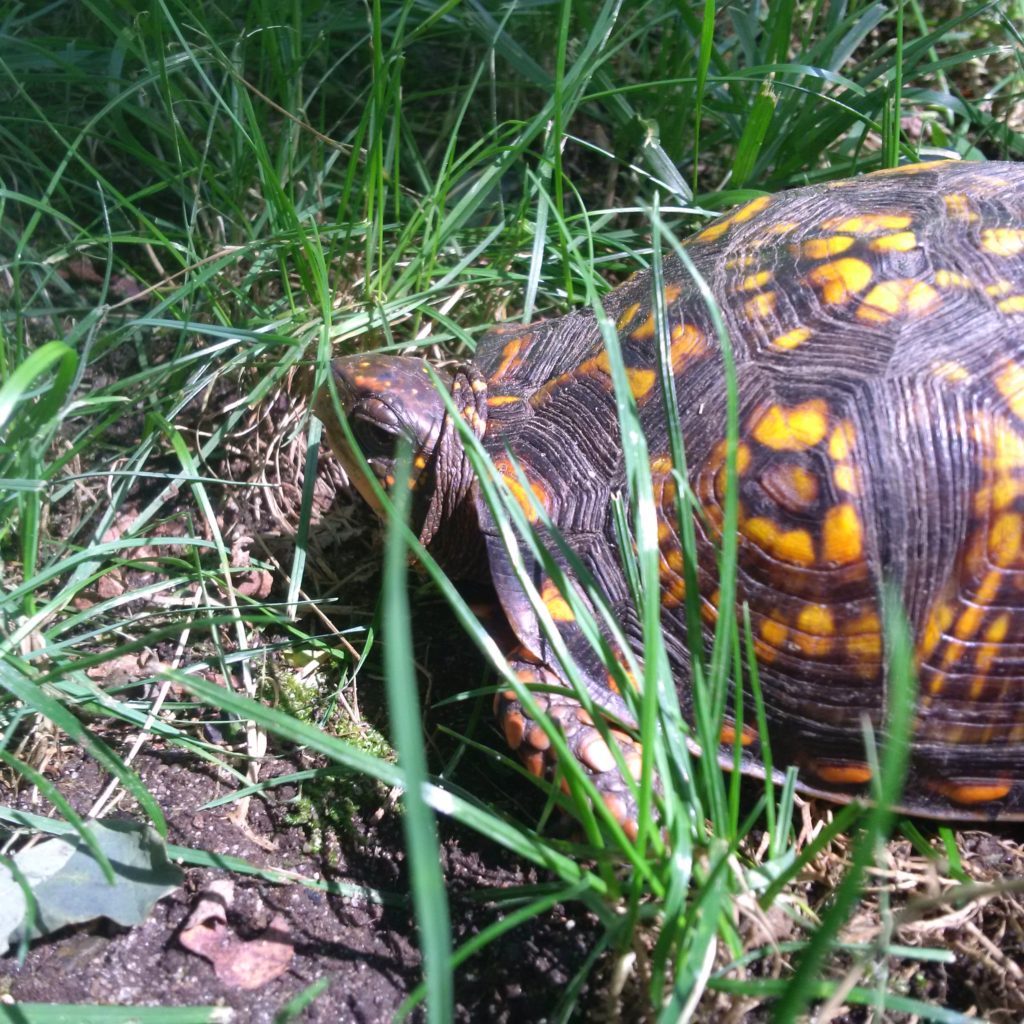
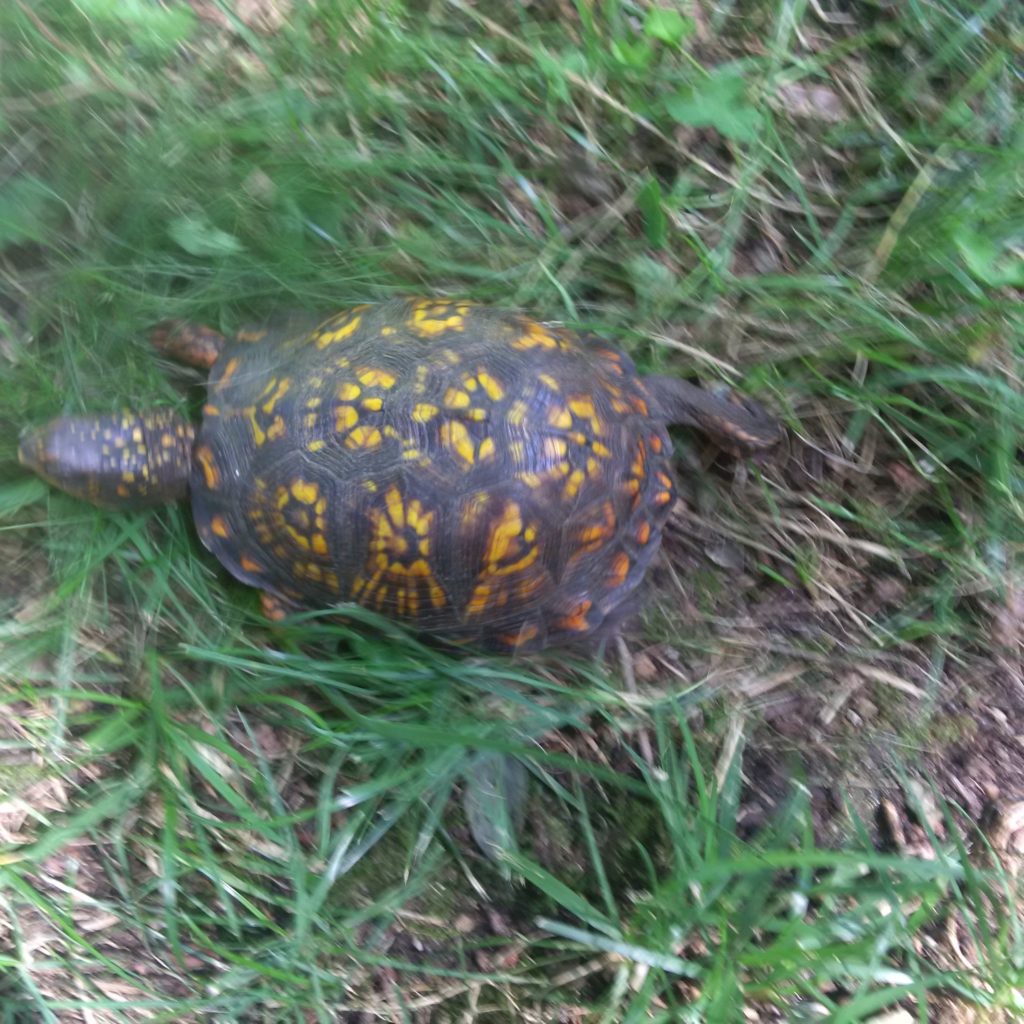
We’ve noticed lots more skunks this year – when I see the white stripe I usually get out of the skunk’s way quickly, making sure my pet comes with me. The skunks don’t seem afraid at all, in fact we caught one by mistake in the humane trap we had set for the groundhog and he was more curious than angry. We are thinking that perhaps since the groundhogs are not around this year – skunks – a key competitor – are feeling more safe and comfortable.
Earlier this summer I saw my first mink. Two of them were walking near the marsh in Yarmouthport as we were biking by. They were small animals – not much bigger than squirrels – and we had to look them up in a nature guide to figure out what they were. The thought of a mink coat seemed really weird after seeing how wild and small this animal actually is.
When I had looked out at my yard in the past generally I would see lots of grass, flowers and trees. It’s really great that I am now helped by the great eyesight of my new pet, and I am able to be aware of so much more going on in the yard – from box turtles to bats – animals I had only seen in museums, in books or on trips (or sadly sometimes as roadkill on our Cape Cod roads.) Now when I look out at the yard, I know now there’s a lot more than meets my eye out there, all contributing to the wonderful flora and fauna that makes Cape Cod one of the most wonderful places to live in the world.
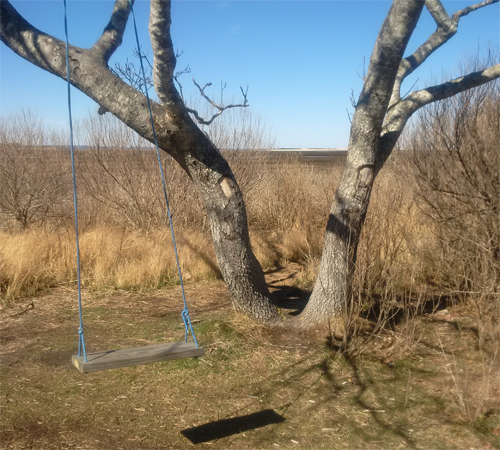
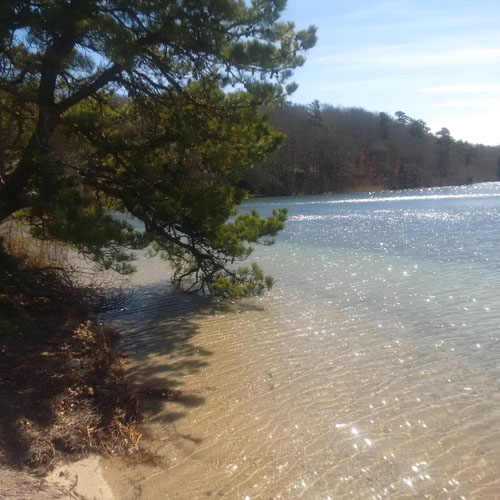
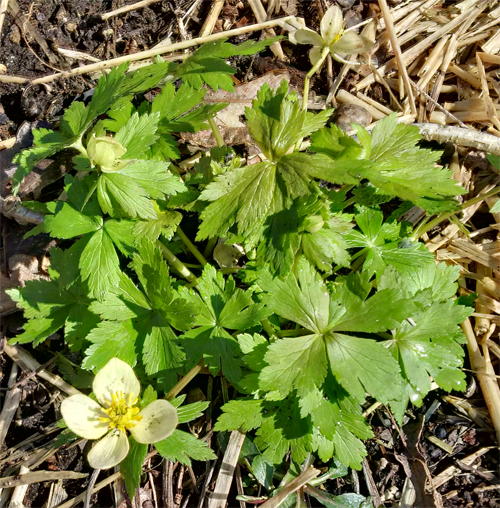
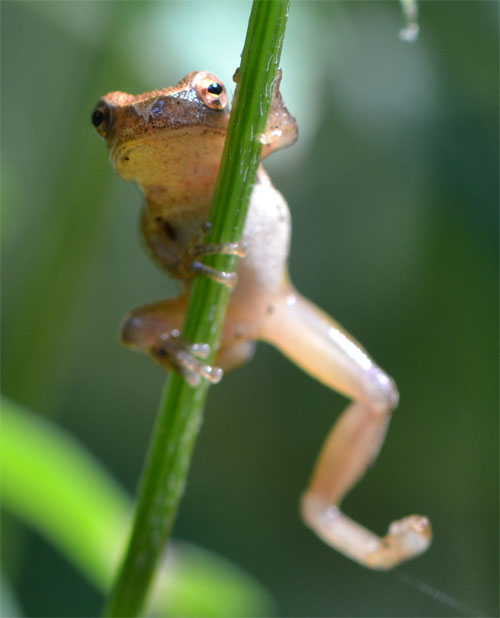
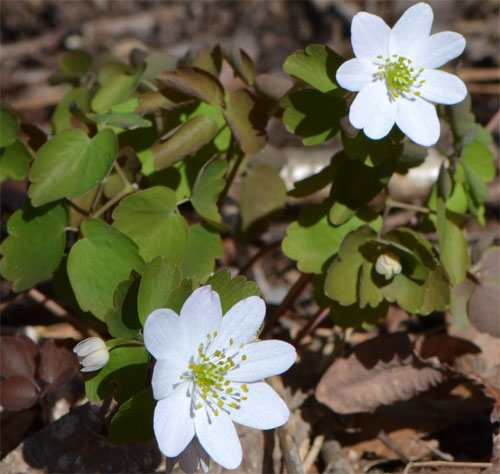
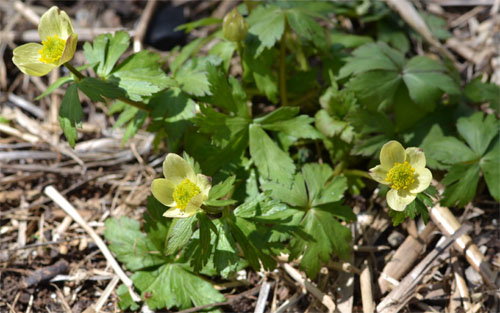
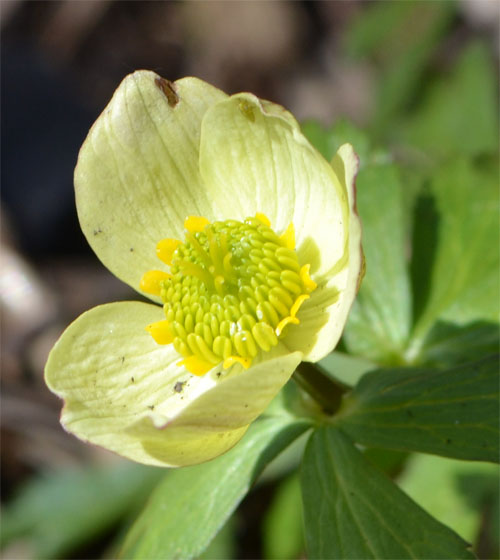
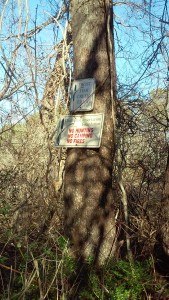
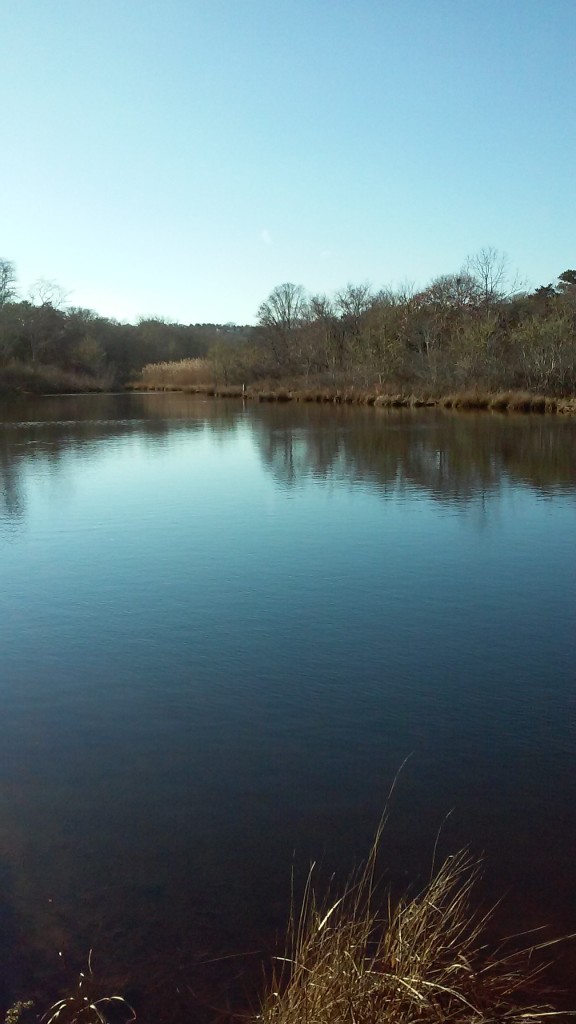
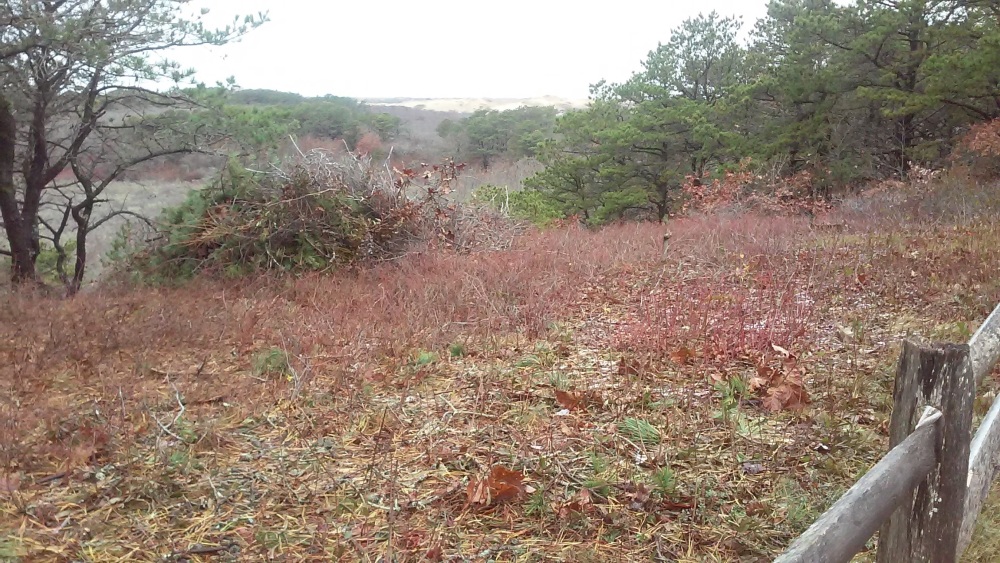
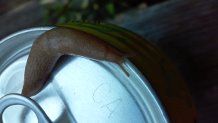 I wanted to write a little about our Cape Cod summer and document yet another season gone by. I did not know in May how cool this summer would be; in many ways I did not mind being spared from oppressively hot days. It was so cool that we barely used fans, forget air conditioning (which we don’t have anyway.)
I wanted to write a little about our Cape Cod summer and document yet another season gone by. I did not know in May how cool this summer would be; in many ways I did not mind being spared from oppressively hot days. It was so cool that we barely used fans, forget air conditioning (which we don’t have anyway.)